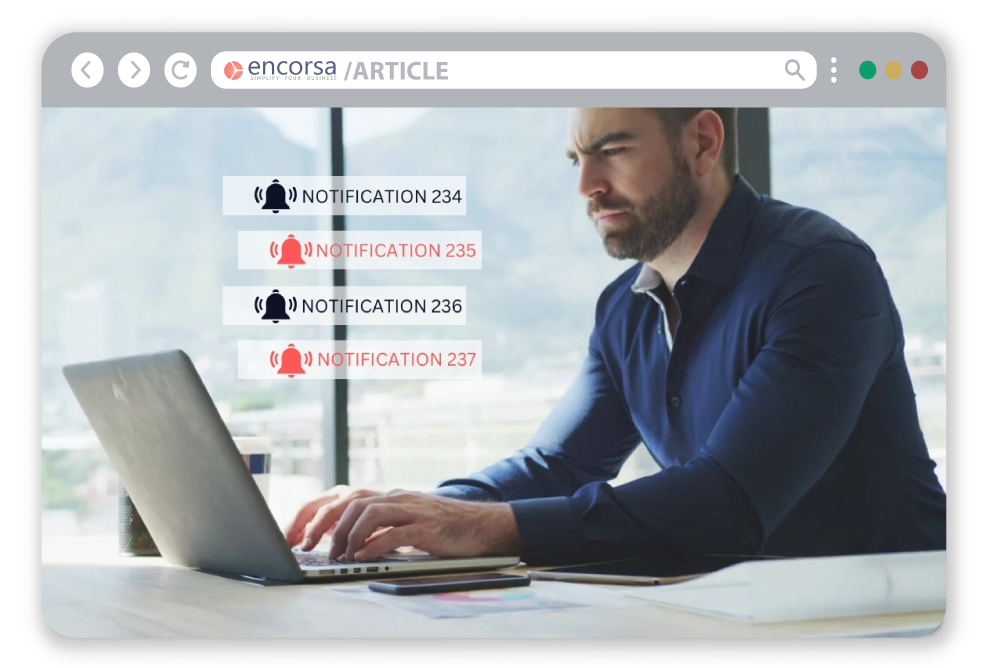
Discover from this article the available options for digitalizing the procurement process and how a BPM system can revolutionize this process, increasing efficiency and transparency within the company.
 Author: Radu Mărgărit
Author: Radu Mărgărit

To differentiate themselves in the market, each company defines its own business model to meet its customers’ needs in a profitable way. Although the procurement process plays an essential role in a company’s operations, it is often left behind when setting priorities for digitalization and automation. The reasons are varied, ranging from “it’s too complex to digitalize” to “it’s working well enough for now, and we have other more important processes on the list.”
Let’s start by presenting a classic procurement process found in many companies. Staff reports the need for products or services in the form of “necessity reports,” i.e. primary documents completed by requesters describing their needs. For example, “I need a new keyboard because the one I’m working with is already 4 years old, and the keys are worn out.” This request is usually sent to the department manager in various forms, from a written paper to an email or WhatsApp message. The manager decides if the request is relevant and approves or rejects it. The request then reaches the procurement or supply department manager, who also verifies the request and checks if there is a budget for such a purchase. Next, it may be allocated to the IT department manager to provide technical specifications for the company’s approved keyboard model. Depending on the complexity of the request (not the case for a keyboard), it is allocated to a hardware team member who researches and selects one or more models that meet the requester’s needs and comply with the company’s IT policies. The IT manager approves it, and then it goes back to the procurement department manager, who allocates this task to a procurement agent on their team.
If you’re already bored, note that our process has covered only 20% of the total. If we have a contract with an approved supplier for such a purchase, we can send a firm purchase order to them. If not, we should ask for three quotes and choose the one with the best price-quality ratio, or for a small amount; we might opt for a direct and quick purchase from eMag, or for a large sum, it might be necessary to organize a tender. Thus, our flow will have different steps for each procurement method. After sending the order, we receive the goods, inspect them, ensure the product matches the specifications, and have all the necessary documents. Then we should notify the requester that their product has arrived, prepare a delivery receipt for them, and, in a glorious final step, ask for feedback on the received product and the procurement process. And this is the simplified version of a procurement process.
The list of reasons is long: to eliminate paper, to eliminate Excel sheets from each department, to reduce the number of messages and the time lost drafting them, to know who requested what and when, to know at any moment where my request is, to control better the costs associated with this process, to see on a dashboard the workload of my procurement agents, to see preferred suppliers and feedback about them, to see how long the process takes and where it gets stuck, and so on.

1. Set the process in our ERP – We already have it; we paid for it, and not a little, let’s talk to the supplier to make the configurations. And then the circus begins: we can’t set the entire process as you want, we can’t automatically set purchases over 10k to go to the financial director for approval, and we can’t insert electronic signatures either. Or the other version: we can, but it will take a year and cost 100,000 euros.
2. Buy specialized software – If the first solution didn’t work, let’s look for ready-made software that costs little and install it quickly. And again, the circus begins because the supplier tries to convince us to use the software as it was made, not how we need it to function. Plus, we need to integrate it with our ERP application to take the product catalog and minimum stock from there, and we also need to integrate it with the DMS to place all the documents there when the process is complete. Where can we find such a thing?
3. Custom software – If the first two methods didn’t work, wouldn’t it be better to hire a company to build custom software for us as we want? In this case, the software will work as we wish, but how long will the analysis and development take, and how much will the software and integrations cost? And maybe we have the money, but what do we do if our process changes? And it will change because the world is dynamic, new needs arise, new managers, new requirements… Do we start over every 6 months to make updates? And let’s hope that the smart guy doesn’t leave for Microsoft, because then no one will know what he did there.
4. Configure the process in a BPM – Such a platform allows us to define processes. Any kind of processes. And change them by ourselves, easily, even without knowing programming. Such a platform integrates via API with any ERP to send and receive data and with a DMS or WMS. And it doesn’t cost that much or take a year. And we can define other processes in it too. Is BPM a perfect solution? Probably not, but it’s certainly better than the first three.
